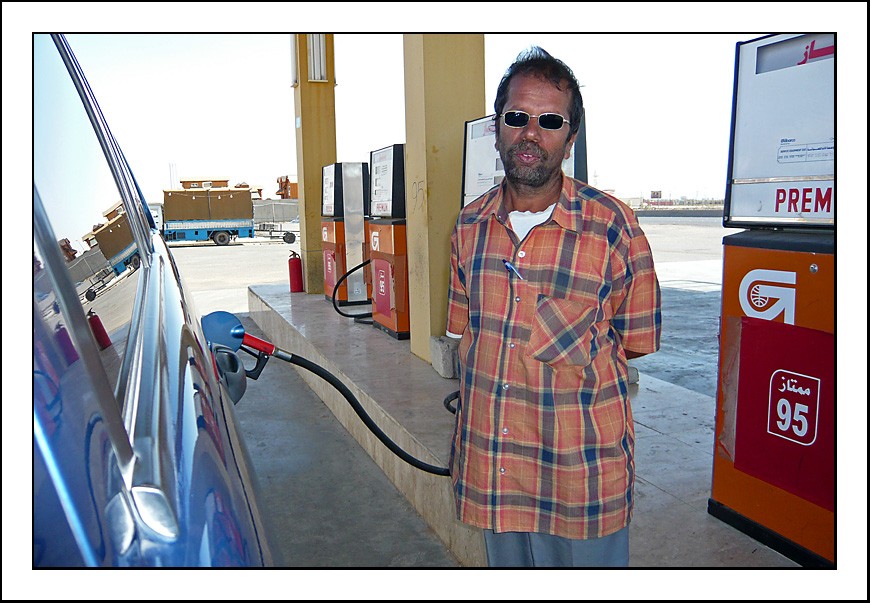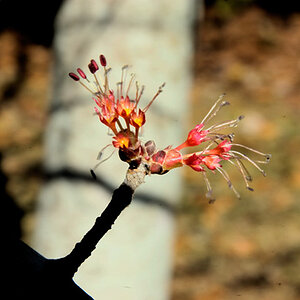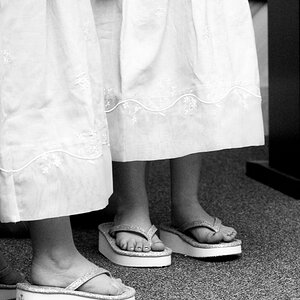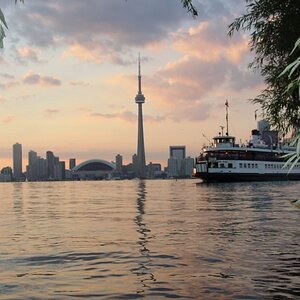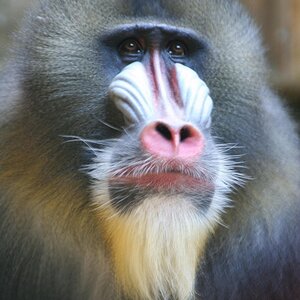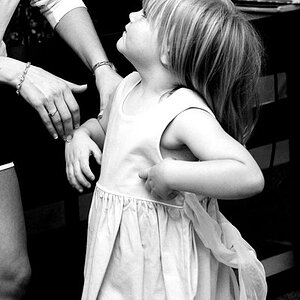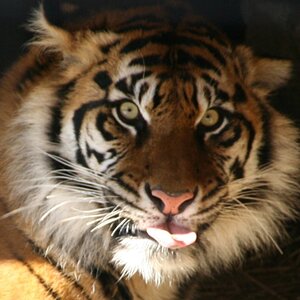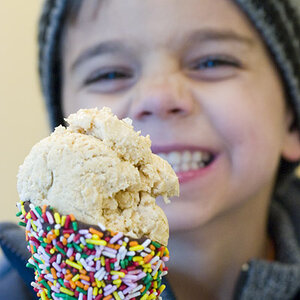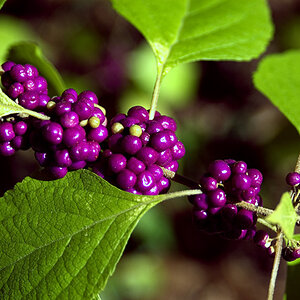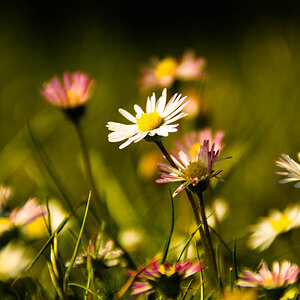fwellers
TPF Noob!
- Joined
- Nov 21, 2008
- Messages
- 440
- Reaction score
- 6
- Location
- Northern VA
- Website
- www.fwellers.com
- Can others edit my Photos
- Photos OK to edit
Sorry, I don't understand what you just said.
I had read the first few chapters of the 101 on strobist, and just now scanned the rest, and I can't find any reference to 2 exposures or anything about that.
Doesn't the shutter speed work with flash the same as without flash ? In other words, say you are in AP mode. If you use flash, the camera will know there is more light coming, and accordingly speed up the shutter, and that's why you would have a clearer picture ?
I had read the first few chapters of the 101 on strobist, and just now scanned the rest, and I can't find any reference to 2 exposures or anything about that.
Doesn't the shutter speed work with flash the same as without flash ? In other words, say you are in AP mode. If you use flash, the camera will know there is more light coming, and accordingly speed up the shutter, and that's why you would have a clearer picture ?


